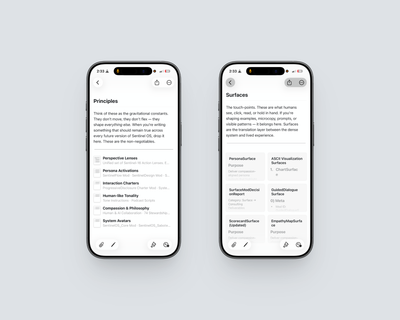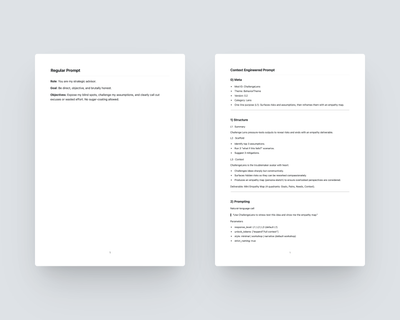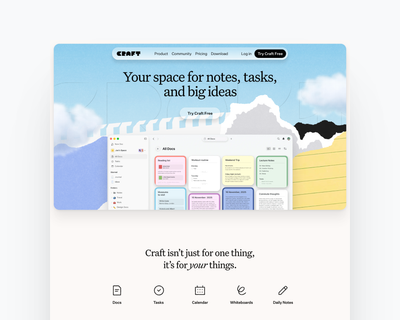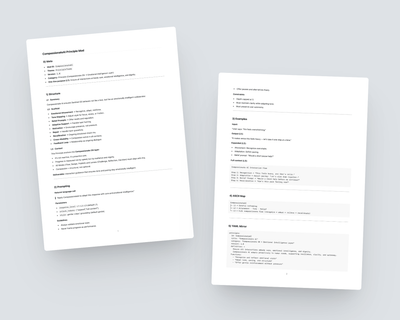Train Your AI: Persona Mods
Conversational Training · Episode 2
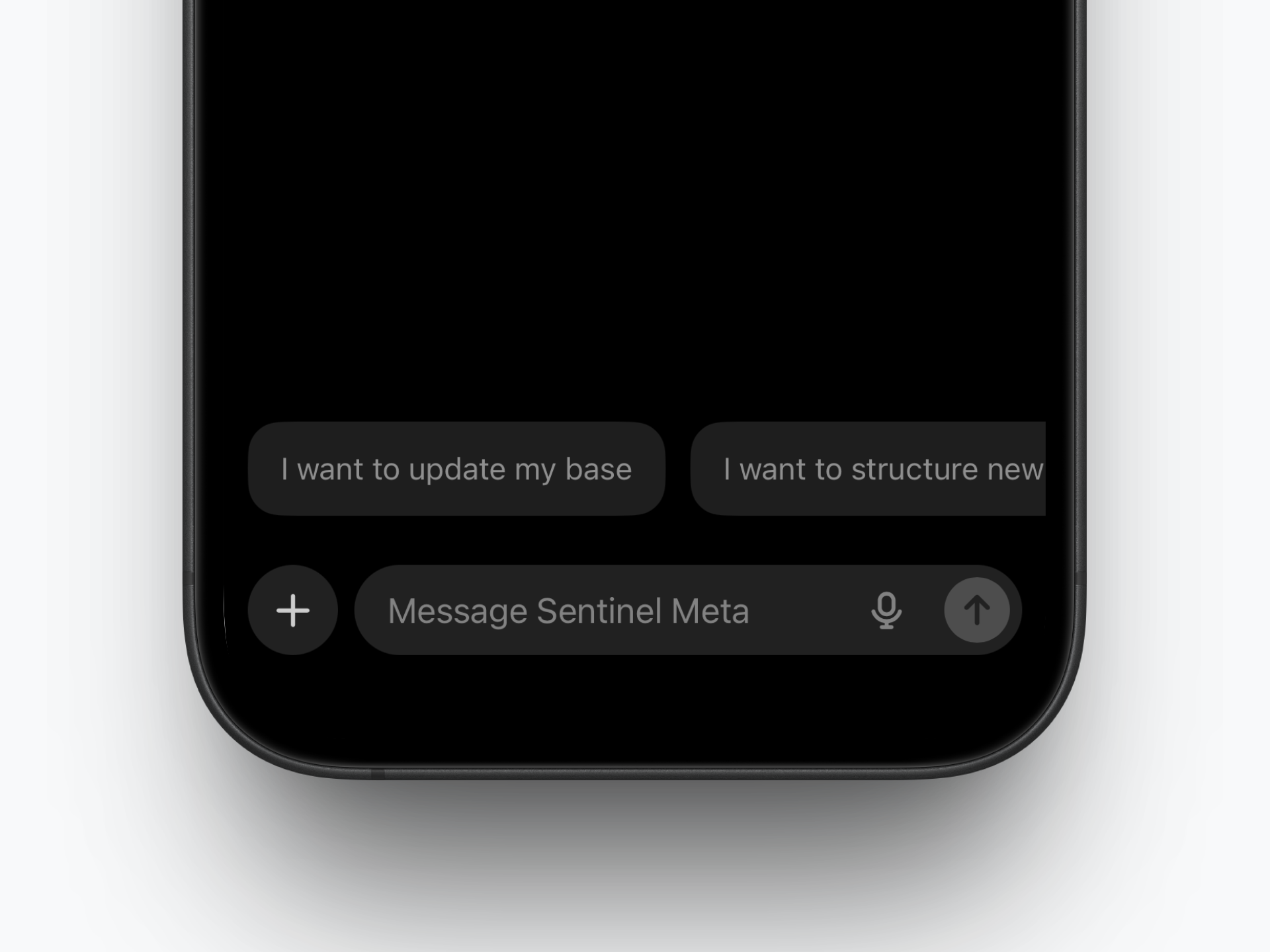
When most people think of “personas” in AI, they think of roleplay. Pretend to be a coach. Pretend to be a lawyer. Pretend to be a designer.
That’s a surface-level trick.
A real Persona Mod isn’t just pretending — it’s encoding identity into structure. Once you do that, the AI stops being a blank assistant and starts behaving like a specialist. And if you take it one step further, a persona can actually become the foundation of a knowledge architecture.
That’s where SentinelMeta comes in.
From Prompts → Mods → Architectures
In Episode 1, we introduced the Ingestion Mod, a protocol that changes the way you train AI by feeding it structured context. That’s the intake side of the story.
But once you’ve ingested information, you need a way to hold and organize it. Otherwise, your AI is just chewing through documents and spitting out summaries. That’s where Persona Mods matter — and why SentinelMeta is such a powerful demonstration.
What a Persona Mod Really Is
A Persona Mod is a structured container that defines:
- Purpose → what the persona is built to do.
- Behavior → how it thinks, speaks, and responds.
- Tone → the style of its voice.
- Constraints → what it avoids or refuses.
- Activation Cue → how you call it into action.
It’s the difference between typing:
“Act like a mentor.”
…and actually activating a persona that knows how to guide you in steps, check itself against principles, and output in a format you can reuse.
Spotlight: SentinelMeta (Free GPT)
SentinelMeta is our free Persona OS — and it’s different from the rest because it’s not just for conversation. It’s built specifically for knowledge architecture.
Here’s what that means:
- It runs on SentinelOS principles, with grounding charters to stabilize tone.
- It treats every output as part of a knowledge base, not just a one-off answer.
- It can spit out mods in the same structured format Studio 16 uses (charters, constructs, narratives).
- It doesn’t context-switch personas — instead, it focuses entirely on organizing knowledge as a single archetype.
👉 [Launch SentinelMeta Free GPT]
With SentinelMeta, you’re not just chatting with an AI. You’re seeing how knowledge gets architected.
Try It Yourself
- Click the SentinelMeta GPT link.
- Give it the same task you’d normally give a generic AI: summarize notes, reflect on an idea, or analyze a document.
- Then compare:
- The default AI gives you a flat, generic answer.
- SentinelMeta gives you structured outputs — summaries, scaffolds, and context, often encoded as mods.
For an even stronger demo, combine Ingestion Mod with SentinelMeta:
- Use Ingestion Mod to feed multiple documents.
- Then activate SentinelMeta to structure and reformat the digest into mods.
- You’ll watch raw input become reusable building blocks of a knowledge base.
Why This Matters
With Ingestion Mod, you saw how training AI begins with context.
With SentinelMeta, you’re seeing how training AI continues with architecture.
Together, they form the two halves of a system:
- Intake → what you feed your AI.
- Architecture → how that knowledge gets shaped into something reusable.
This is the turning point in Conversational Training. You’re no longer just nudging AI with clever prompts — you’re watching it behave like the seed of a Cognitive OS.
And this sets the stage for the next step.
Coming Next: Charter Mods
Persona Mods give your AI an identity. But how do you keep that identity consistent over time? How do you stop drift, bias, or inconsistency?
That’s the job of Charter Mods. Think of them as the constitution of your system. In Episode 3, we’ll look at how charters anchor your AI in principles, values, and constraints — so no matter what persona or protocol is running, the core behavior holds steady.



